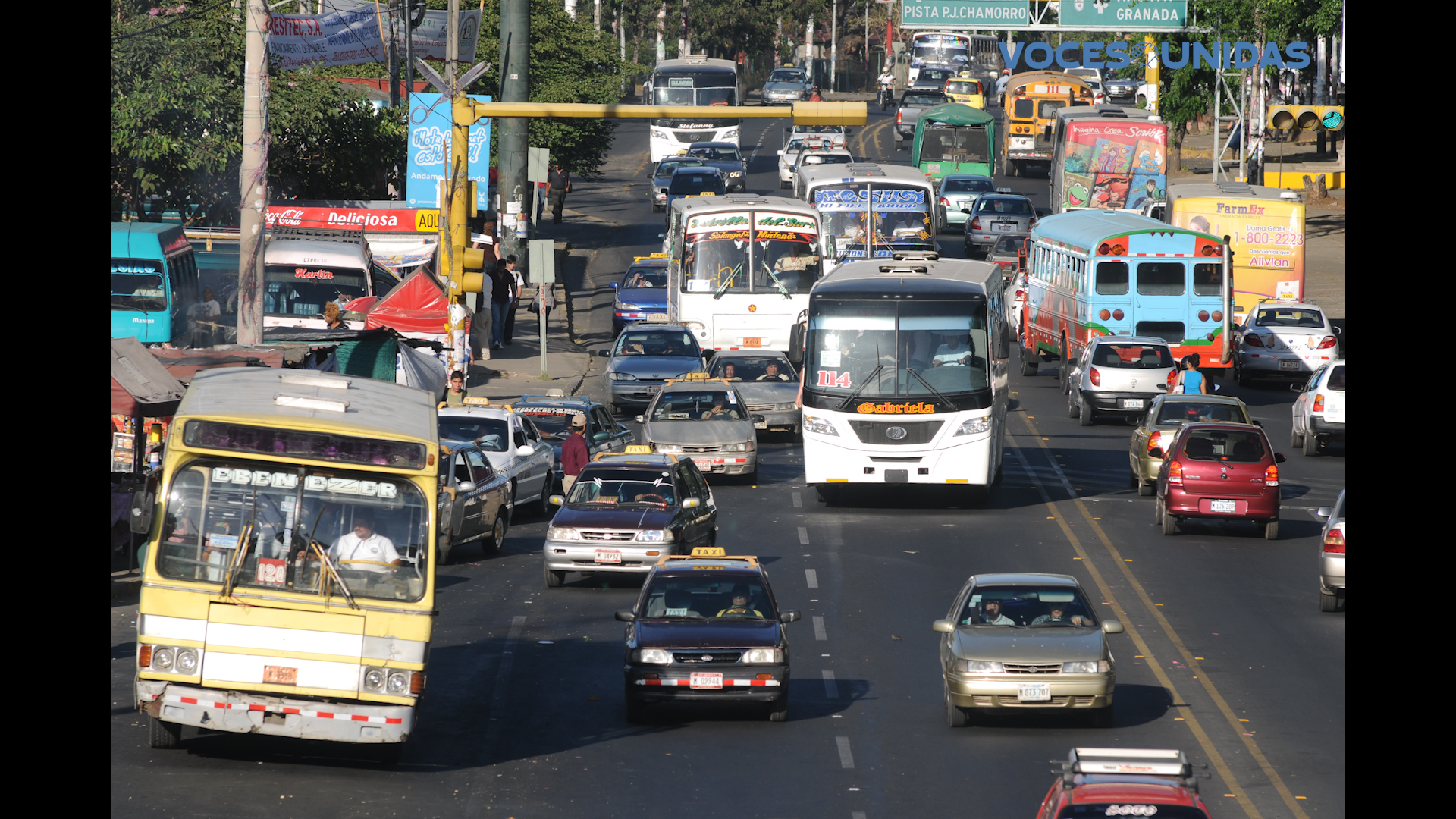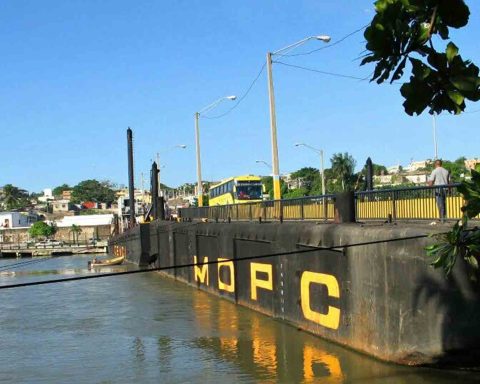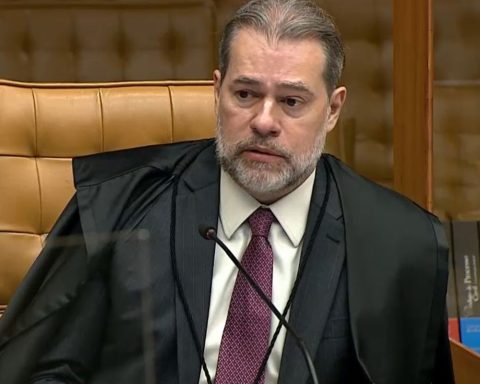Sandinista propaganda spends State resources on social networks and the media to proclaim a country “in victories”, a “victorious” government and a “solid and reliable” leadership that govern a country in “bonanza” and “joy”.
“They couldn’t, nor will they,” they repeat daily as a winning speech, but a review of current events, recent events and medium-term expectations is enough to detect that behind the speech disguised as victory there is a lot of defeat.
The regime no longer boasts of being considered the safest country in Central America, nor the one that attracts the most tourists, nor the one that offers the best investment climate, nor of being the promised land for millions of poor Nicaraguans who have been listening to that speech, without results. , for 16 years.
Related news: The second week of April was marked by threats, arrests and migratory repression, denounces the organization
Exile, poverty, insecurity, repression, migration, political threats, uncertain future, polarization, lack of opportunities, police state, political crisis and deep social unrest due to actions against religious leaders, businessmen, donors and the diplomatic corps are our daily bread. In Nicaragua.
Not even the Sandinistas themselves are escaping the crisis, much less the rulers, who have seen their options for alliances, cooperation and solidarity diminished in the face of the wave of abuses and excesses committed since 2018.
These are some of the situations that have occurred in Nicaragua since 2018:
Grief and pain. The repression and violence against peaceful protesters during the 2018 protests left at least 355 people dead and more than 2,000 injured, according to the Inter-American Commission on Human Rights (IACHR).
Jail and torture. Arbitrary arrests and torture of more than 2,000 political opponents, including opposition leaders, journalists, clergy, human rights activists, peasants, and students.
Injustice and sentences. The judiciary has been used to prosecute and convict more than 400 political opponents and dissidents, in what some call unfair impeachment trials.
Censorship and muzzle. Restrictions on freedom of the press and expression, including the censorship of independent media and the confiscation of journalists’ equipment, which have left more than 50 media outlets closed, more than 15 confiscated, and at least 185 journalists in exile.
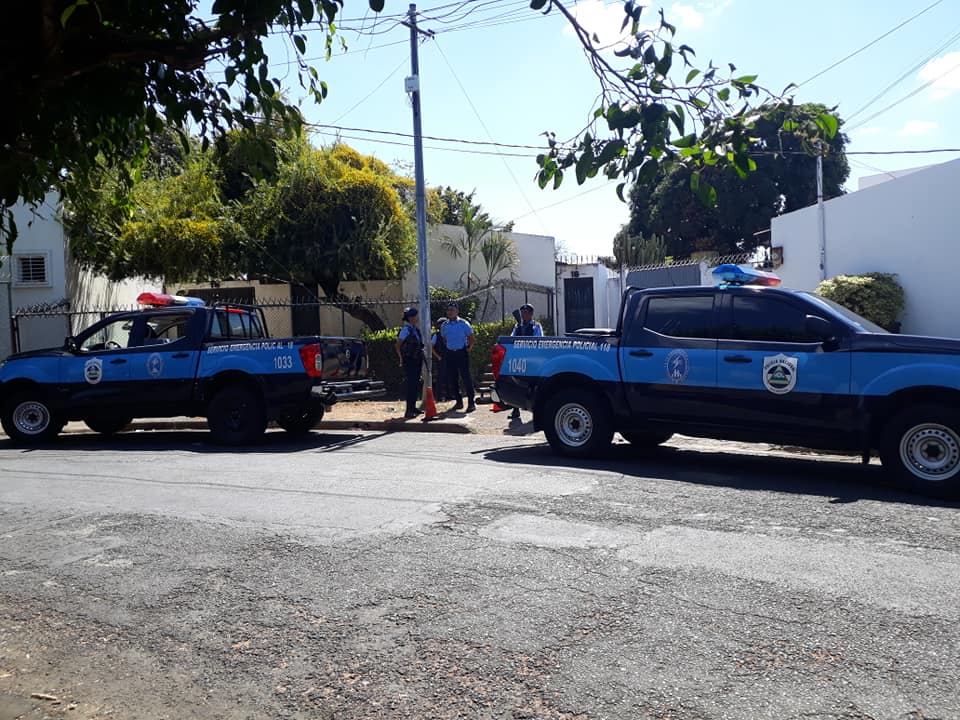
Fake news and propaganda. The regime spends millions of the public budget earmarked for the official Russian, American, Cuban, Chinese and Venezuelan media and propagandists to promote a positive image of the government and disseminate propaganda, which has led large social networks to cancel farms and accounts of Sandinista trolls.
Electoral fraud and delegitimacy. Manipulation of elections and lack of transparency in the electoral process have led the United States, the European Union and other forums to ignore the results, authorities and electoral processes in Nicaragua.
rampant corruption. The increase in corruption and nepotism in the government has generated accusations of illicit enrichment by the Ortega-Murillo family. In 2018, the country ranked 151 out of 180 countries in the Transparency International corruption perception index, but it sank to 167th place in 2023, being together with Venezuela, the most corrupt governments in Latin America.
Sanctions and lack of credibility. The lack of independence of the judiciary and the manipulation of legislative processes has led countries and organizations to sanction the entire justice system in Nicaragua: National Police, Supreme Court of Justice, Public Ministry.
Poverty and misery. Corruption and lack of investment in infrastructure and public services has led Nicaragua to an economic crisis and an increase in poverty. In 2018, the country’s poverty was estimated at 27 percent, and although the government says it has reduced the gap, the regime’s State Plan to Fight Poverty 2022-2026 indicates that overall poverty is 24.6 percent with an extreme poverty of 17%, which indicates that the reduction of poverty has been minimal and based more on remittances from migrants than on economic policies.
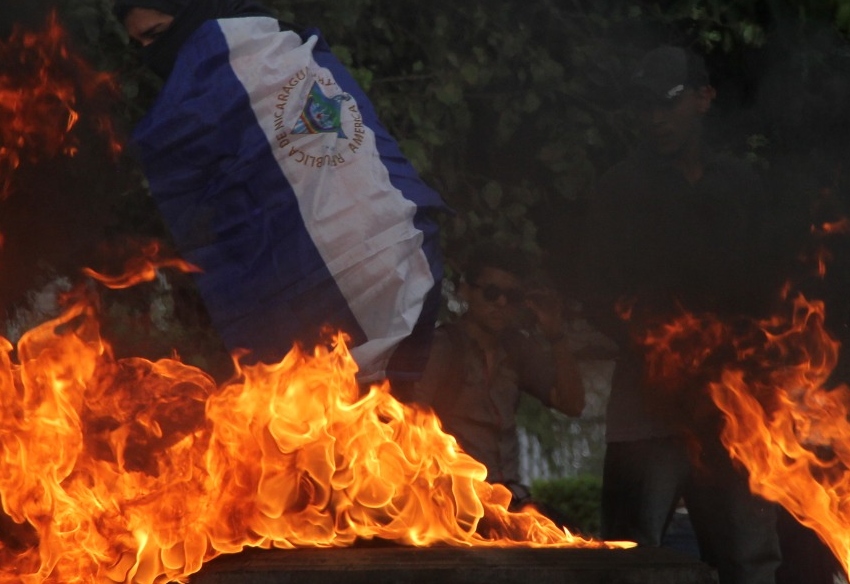
Crime and insecurity. The lack of action to address violence and crime in the country has led to high crime rates and a feeling of insecurity among the population. From 2018 to date, human rights organizations estimate that more than 30,000 common criminals have been released from prison by the regime to swell its list of followers, voters and even police officers.
Family division, exile and migration. 38 percent of Nicaraguan families have suffered the division of their nucleus due to exile or migration due to poverty in Nicaragua between 2018 and 2023, according to data from migrant organizations. One of the specialists, Manuel Orozco, estimates that there will be more than 500,000 Nicaraguan migrants between 2020 and 2022, this last year being the year with the largest migrant population: 328,443 Nicaraguans. The migrant population has even weakened the social base of the government party itself, which is why they have now increased immigration control over their intermediate cadres and their families.
International isolation and reduction of cooperation. Since 2018, the majority of democratic countries in the world have sanctioned and denounced the human rights abuses of the Sandinista regime, which has not been able to demonstrate or convince its history of being “victims of a failed coup”, an argument used officially to justify the massacre. 2018. As a result, Nicaragua has left the OAS, has broken relations with several countries, has lost foreign cooperation, has withdrawn its own ambassadors and expelled others, while strengthening ties with “toxic countries” such as Iran, China, Russia, Cuba, Venezuela and the occasional distant, corrupt and violent state like the Sandinista regime.
International siege and future threat of imprisonment and international trials for crimes against humanity. Investigations by the United Nations, OAS, the United States and other countries and forums indicate credible and documented evidence of crimes against humanity committed under the Sandinista dictatorship, by direct orders of Daniel Ortega, Rosario Murillo, police commanders, military, magistrates, deputies, prosecutors, judges and relatives of the family and political circle of the FSLN.
Legal uncertainty and confiscations. The unjustified cancellation of more than 3,000 civil society organizations, the confiscation, theft, and looting of hundreds of private properties, accounts, and third-party assets have increased legal uncertainty both for society in general and for companies, investors, and businessmen. who fear, at any moment, being victims of the corrupt and arbitrary justice system of the Ortega-Murillos.
International rejection of religious attacks. In his war against all sectors that reject the authoritarian drift of the Ortega-Murillo dictatorship, he has engaged in direct and brutal attacks against the Catholic Church and its representatives, whom he has persecuted, denigrated, assaulted, imprisoned, and confiscated their property. Such grudge and Sandinista hatred has led Catholic congregations around the world to reject and condemn the dictatorial couple of Nicaragua, reaching the point of being considered at this point, for their actions, de facto excommunicated from the Catholic religion.
By United Voices
